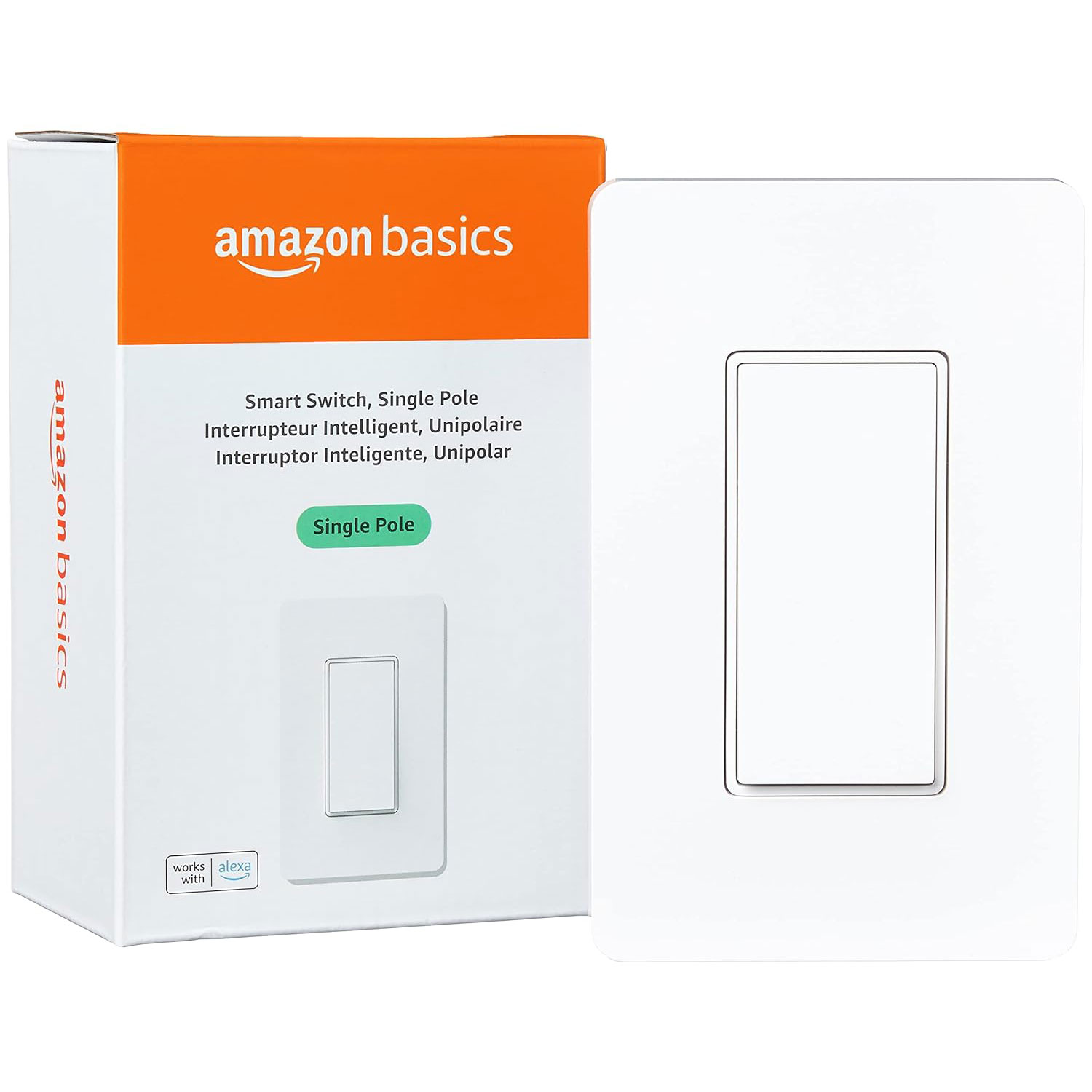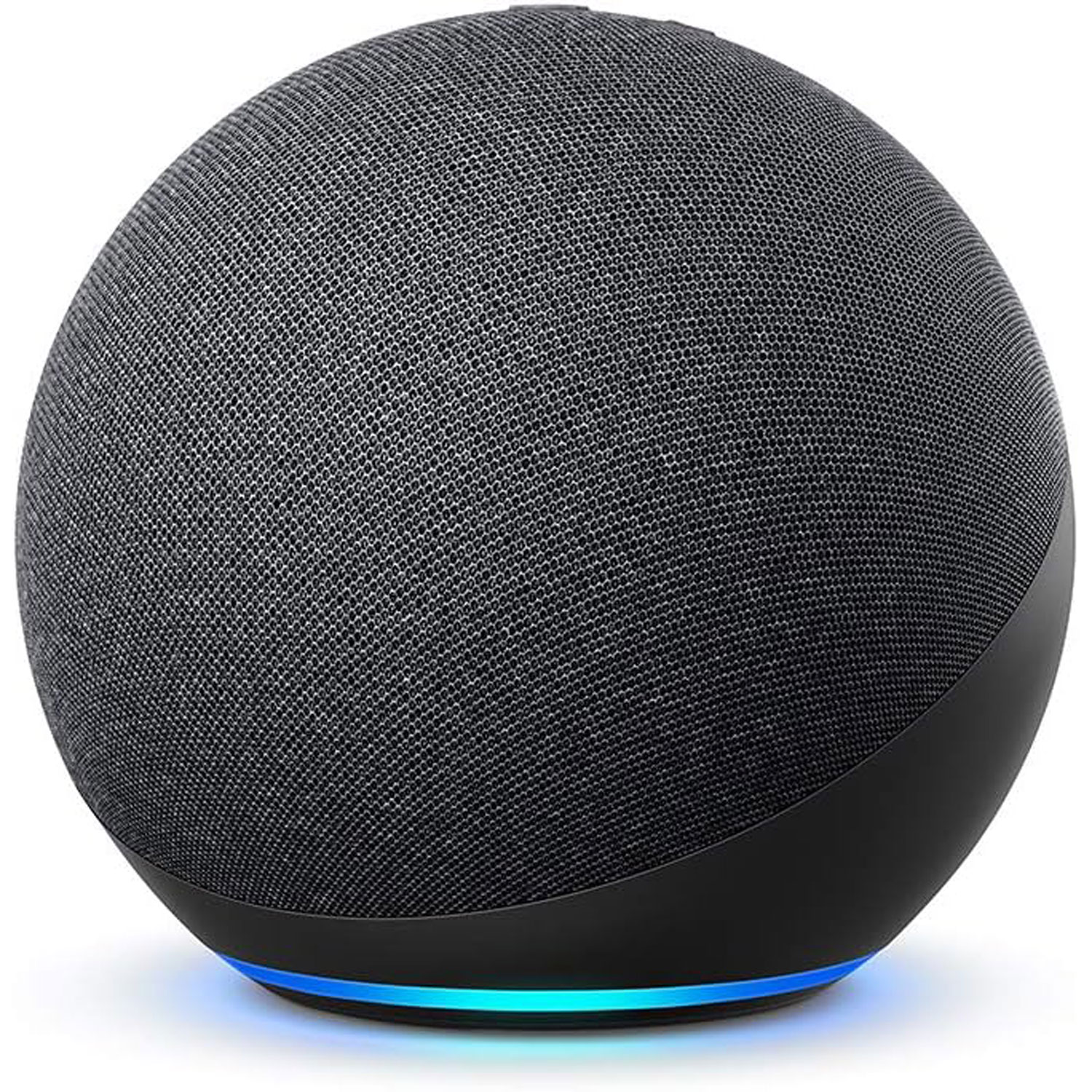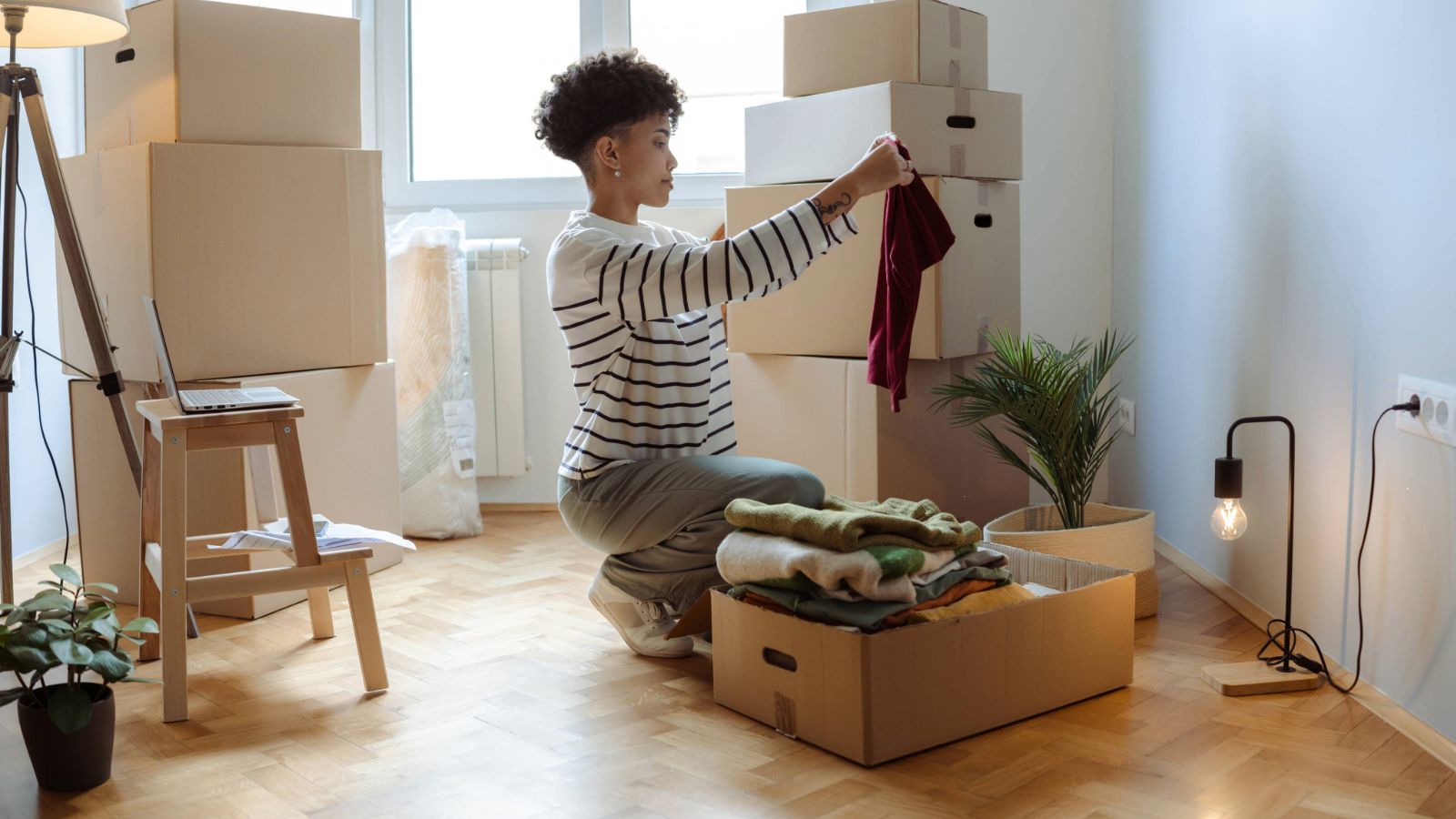What is smart lighting and how should you use it in your home?
Just what is smart lighting? Our guide is here to demystify the topic and explains everything from super simple set-ups to those that could completely change the way you live in your home

Exactly what is smart lighting and should you be considering installing it as a way of controlling the lighting design of your home?
There is no hiding from the fact that we all need to get on board with smart home technology if we want to keep up and there really are so many benefits that come with it – not least that it can help life run a little smoother and take the effort out of many day-to-day tasks.
When it comes to smart lighting, this is a great way not only to expand the ways in which you can illuminate your home, but also to add another level of security.
In this guide, we explain everything you need to know about smart lighting, including how much installing it is likely to cost you.
What is smart lighting?
First off, what exactly is meant when people refer to smart lighting?
"Smart lighting comes in numerous different options, from simple smart bulbs which offer dimming, colour changing and scheduling, to smart switches and dimmers," explains Matthew Allen-Olivar, senior lighting designer at John Cullen Lighting. "These replace traditional light switches, allowing homeowners to control their existing light fixtures via an app or voice commands. Smart plugs can also be used to control devices remotely too.
"Smart lighting systems are internet-connected and can be managed through a smartphone or tablet app, or a smart speaker like Alexa or Google Home," further explains Matthew. "They can allow for remote control from any location, and lights can be programmed to turn on and off automatically, providing added security when you're away from home."
Bring your dream home to life with expert advice, how to guides and design inspiration. Sign up for our newsletter and get two free tickets to a Homebuilding & Renovating Show near you.

Matthew has been in the lighting industry since 2019. His journey in the lighting industry has allowed him to collaborate with renowned interior designers and architects on both commercial and residential design projects around the world. Matthew's innate passion for aesthetics and an eye for detail, drive him towards enhancing the beauty and functionality of the spaces he works on.
What are the benefits of smart lighting?
If you are still on the fence about whether smart lighting is for you and unsure how to design a smart home, then what benefits could you look forward to if you decide to go ahead and incorporate some into your home?
"Smart lighting systems provide users with the ability to set the mood and save energy simultaneously," begins Matthew Allen-Olivar. "By utilising smart technology and intelligent programming you can create the perfect ambience for any occasion at the same time as reducing your carbon footprint. They can also be used to help with security."
In fact, the security benefits are what draws many homeowners to install smart lighting. Lights can be programmed to come on and off at certain times of the day to make it look as though someone is home even when you go on holiday.
What are smart light bulbs?
Smart lighting comes in many different forms, from simple bulbs right up to complex whole-house systems.
Smart light bulbs are the quickest, cheapest and simplest type of smart lighting. Just like the standard light bulbs you can use for your ceiling lighting ideas, they fit into existing fixtures, yet they can be controlled using an app on your smart phone or device, or even using voice control.
This type of bulb is dimmable and will often offer multiple colour choices.
There are several different types of smart light bulbs available. While some can be connected to your smart device using Wi-Fi, others rely on a Bluetooth connection, and these can't be controlled when you are away from home.
Shop smart light bulbs

This pack of two smart bulbs can be controlled using the Lepro+ APP and is compatible with both Alexa and Google Assistant. It is capable of generating an almost unlimited range of light effects and scenes, plus you can programme the bulbs to sync with your music – perfect for parties.

This bulb works with all Echo smart speakers/displays and Google Nest devices. Just take it out of the box, connect it to the free ‘Philips Hue Bluetooth’ app and you're good to go. It is dimmable and offers a range of whites so you can adjust it to suit the mood required.

If you want to inject a bit of a vintage vibe into your home then opting for a smart bulb needn't mean you have to miss out. This one has an amber coating and offers both warm and cool light – plus it is dimmable. You can use it with your existing Wi-Fi or with the WiZ app.
What other types of smart lighting are there?
Everything from downlights to the pendants you use for your kitchen island lighting ideas can be incorporated into a smart system. Put simply, a smart home lighting system connects all of your chosen smart lighting products to an app on a smart device. This can be done either using Wi-Fi or Bluetooth.
If you opt for smart downlights or pendants, they will need to be wired into the mains electricity – in exactly the same way as any other light fitting. The light can then be connected to an app on your smart device or smart speaker.
What are smart switches?
Smart switches work a little differently to bulbs. Rather than using smart bulbs, you fit standard bulbs and the switches take on the intelligent role.
Unlike standard types of light switches, when a smart switch has been installed, it can be connected to an app on your smartphone, allowing you to control the switch, as well as the lights it has been connected to, remotely. Most can usually also be controlled by touch.
Smart switches come in all kinds of styles, some of which allow you to dim lights.
How is smart lighting installed?
Something that puts many people off installing smart lighting is the fear that it might be disruptive or overly complicated.
"Simpler systems can be installed by yourself and are as easy as changing over the bulbs," reassures Matthew Allen-Olivar. "More complicated systems would need to be installed by a qualified electrician though. If space is really limited or new cabling is not possible, there are wireless solutions which run on Bluetooth, WiFi or RF."
"Systems vary in price and ease of installation," adds John Shermer, founder of Lightwave. "Look for one that allows control of all lighting sources, including your patio lighting ideas, and is retrofittable using existing wiring."
John Shermer founded Lightwave in 2007 to bring the life-changing benefits of smart technology into every home. After years of developing custom solutions for individuals recovering from severe injuries, John recognised that everyone deserves the comfort, control, and peace of mind that technology can offer. Lightwave is now a leader in smart home innovation.
How is smart lighting controlled?
There are lots of different ways of controlling a smart lighting system and the method you choose will very much depend on how you want your new scheme to work for you.
“For feature lighting, zonal lighting and in rooms with many downlights, the best way to manage it would be through a home automation system, with connected switches and sockets, controlled by a mobile app or with a smart speaker, such as Alexa or Google Assistant,” explains John Shermer.
Most smart lighting does not need to be connected to a smart hub but if you are using it alongside a range of other smart home tech it will be well worth investing in one.
What is a smart hub?
Smart hubs are a great idea if you want to simplify the way you use your smart home technology, from video doorbells and thermostats to your lighting. They basically tie all of your technology together and are connected to your internet router.
A smart hub (or home automation hub) should provide a one-stop shop from which you can control all of your various home automation from one app. Well-known examples include Google Nest and Amazon Echo.
Smart hubs make it possible to operate all kinds of things at the touch of one button – for example, fit a motion sensor by your front door and you could use it to turn on your hall lights and switch on the heating all at the same time as you walk in.
The majority of hubs have a dedicated smartphone app – it is important to note that not all smart tech will be compatible with one another so do check.
Shop home hubs
How do you get started with smart lighting?
If you are total newbie to the world of smart lighting then you might be keen to start small and see how you get on before going the whole hog – particularly if you are retrofitting as opposed to building from scratch.
"Starting with a smart lighting system can be simple and scalable," reassures Matthew Allen-Olivar.
Many people start by installing a few smart light bulbs and take it from there.
"If you are starting from scratch, then implementing a smart control system from the outset allows for greater automations, mood control, cleverly placed sensors and pre-set lighting scenes to increase the enjoyment of dynamic lighting control whilst saving energy," explains Matthew.
How much does a smart lighting system cost?
Now to the all-important topic of cost. This really does come down to how much you want to spend and what you want from your smart lighting.
"Simple plug-in options will start from as little as £100, ranging to the supply of fully interactive control equipment which is typically in the region of £150 per circuit of lighting plus keypads," explains Matthew Allen-Olivar. "For a kitchen/dining/living room that would work out at around £2,000."
FAQs
What is a smart home ecosystem?
You may well hear this term when shopping for smart lighting. A smart home ecosystem is basically the same as a smart home hub in that it allows you to control all your smart home tech from one place.
The three most popular smart home ecosystems are the Amazon Alexa, Apple Home and the Google Assistant.
Anyone interested in designing a lifetime home really should be considering installing smart home tech if they want to ensure it works well for them for many years to come.
Natasha was Homebuilding & Renovating’s Associate Content Editor and was a member of the Homebuilding team for over two decades. In her role on Homebuilding & Renovating she imparted her knowledge on a wide range of renovation topics, from window condensation to renovating bathrooms, to removing walls and adding an extension. She continues to write for Homebuilding on these topics, and more. An experienced journalist and renovation expert, she also writes for a number of other homes titles, including Homes & Gardens and Ideal Homes. Over the years Natasha has renovated and carried out a side extension to a Victorian terrace. She is currently living in the rural Edwardian cottage she renovated and extended on a largely DIY basis, living on site for the duration of the project.





